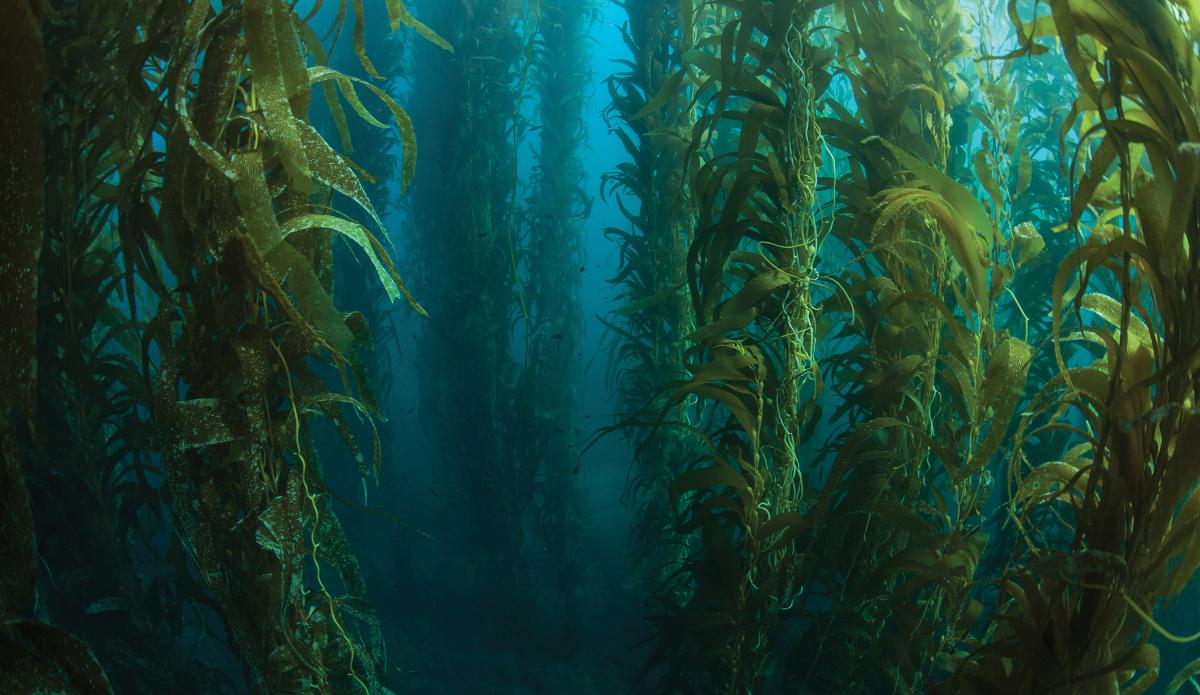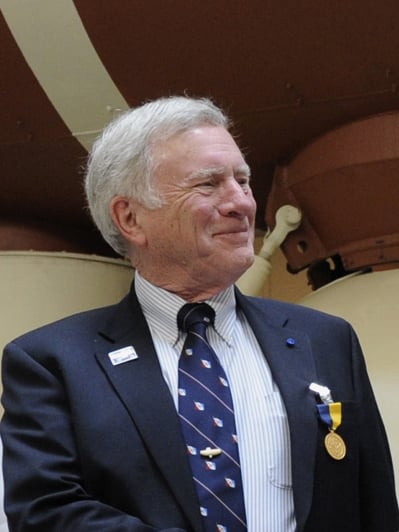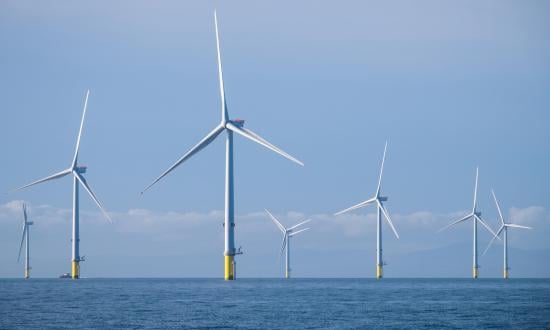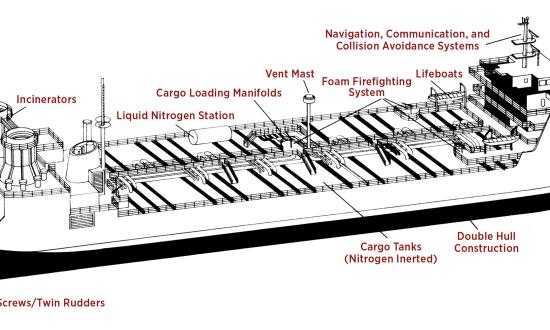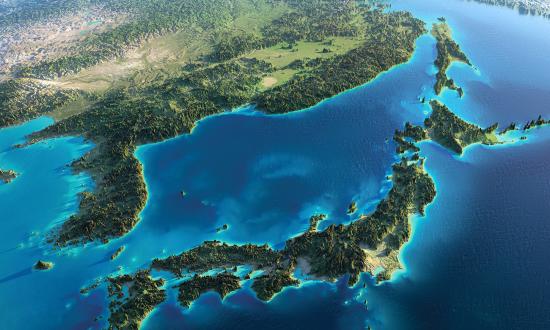Climate change is all around us, and its effects are experienced daily. Many remedies and adaptations have been proposed, but few mention the humble, ubiquitous seaweed. Yet, it could have a limited future role as one of many tools to deal with climate change.
Seaweeds are not plants, they are macroalgae. Instead of the roots, stems, and leaves of vascular plants, they have holdfasts, stipes, and fronds that make them appear similar to plants. Also like terrestrial plants, seaweeds depend on solar energy, ambient carbon dioxide (CO2), and external nutrients to grow. A byproduct of their growth process is oxygen (O2), which is released into the sea and then into the overlying atmosphere.
There are several thousand species of seaweeds in the oceans. The largest are the fast-growing giant kelps, macrocystis. At the other end of the size spectrum are the microscopic algae called phytoplankton, or the “grasses of the sea.” These two groups of marine algae produce 50–90 percent of the Earth’s oxygen and up to 80 percent of its organic biomass. Clearly, seaweeds help make the planet habitable.
Perhaps the most recognizable seaweed is the giant brown kelp macrocystis that forms extensive aquatic forests in coastal waters. Macrocystis grows faster than any other plant in the world; growth rates of up to 1.7 feet per day are not uncommon. Its leaflike fronds can be up to 200 feet long, forming a somewhat dense “forest canopy.” They are buoyed up close to the surface by air-filled floats called pneumatocysts, which facilitate maximum solar energy capture. Through their fronds, kelps get their chemical energy from photosynthesis and absorb nutrient elements in the adjacent seawater.
While at present they are not employed for environmental remediation, seaweeds could contribute to cleaning the atmosphere and oceans. Research has demonstrated that they efficiently remove CO2 dissolved in the ocean’s surface layers while producing oxygen. Kelp sequestration of carbon is very efficient, with a healthy giant kelp forest capable of producing 100 times more oxygen than a terrestrial forest of equivalent size. Furthermore, when kelp dies, the detritus sinks to the ocean floor, permanently trapping that carbon.
Kelps are sensitive to water temperature and depth changes. If seawater is too cold or too warm, the forests will be smaller or may disappear altogether. Also, their holdfasts have depth limits to ensure the fully grown organism will have its life-supporting fronds close to the surface. So, sea level rise can force a forest to move inshore or cause it to die off.
The oceans capture about 31 percent of all carbon dioxide put into the planet’s atmosphere. In the sea, CO2 is converted to carbonic acid. As a result, seawater becomes more acidic and can negatively affect some marine life. For example, shellfish and coral reefs need to extract calcium from seawater to build their structures. However, acidic seawater reduces the calcium available for these biological processes. When seaweeds absorb carbon dioxide through photosynthesis, the stress on these organisms is reduced.
Sizable seaweed beds can absorb harmful nutrients, such as nitrogen carried into the sea by fertilizers used in agriculture. Without seaweed mitigation, excess fertilizers can create plankton blooms, which consume large amounts of oxygen in the affected waters. This creates ocean “dead zones,” such as the large semipermanent one at the Mississippi Delta in the Gulf of Mexico.
Physically, coastal kelp forests provide natural “breakwaters” to protect adjacent shorelines. They absorb and moderate incoming wave energy to reduce wave effects onshore. This type of breakwater is also self-repairing. When sea conditions cause the loss of some parts of a kelp bed, its rapid growth permits quick regeneration.
Of course, there is a considerable distance between proven scientific knowledge and large-scale beneficial applications. While seaweeds are found at all latitudes, giant kelp forests are found only in the temperate and polar latitudes, where there are cold, shallow coastal waters. Tropical regions rarely have them. Because there are relatively few places that giant kelp can live, their impact on global warming may be limited.
There have been experiments to cultivate giant kelp in the open ocean. They showed it is possible, but it is uncertain whether it could be done at a scale needed for climate mitigation. Such work may be useful for marine aquaculture activities, where smaller scale production is adequate for direct human consumption and industrial applications of seaweed products.



